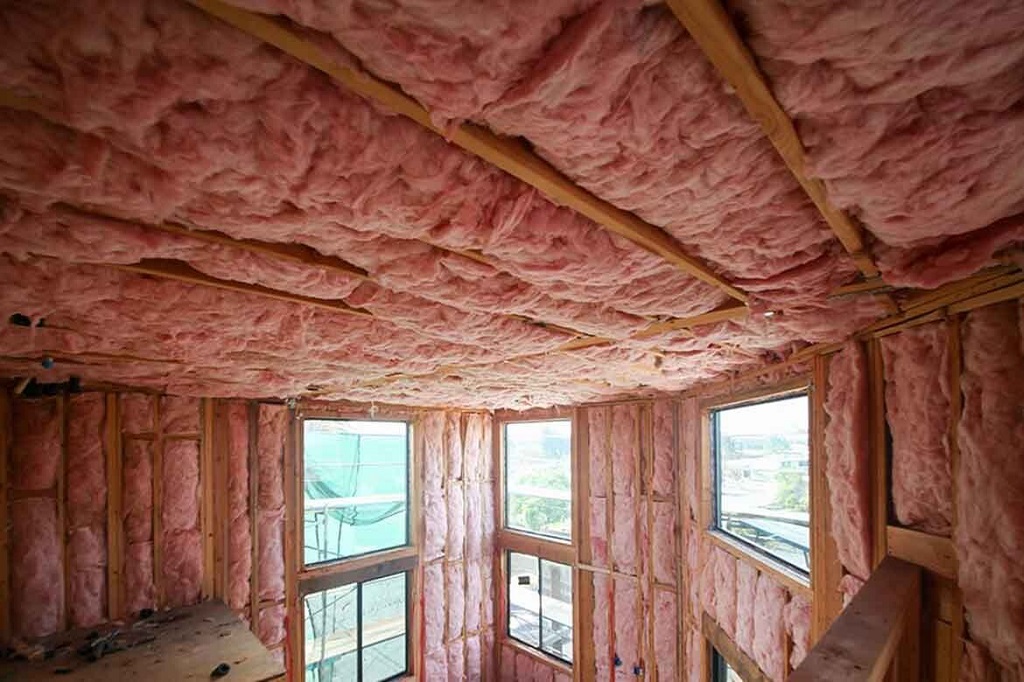Key Takeaways:
- Understand the benefits of foam insulation in today’s residential construction.
- Discover how foam insulation enhances energy efficiency and cost savings.
- Learn about the environmental impact and sustainability of foam insulation.
- Explore the safety aspects of using foam insulation in homes.
Foam insulation has become a cornerstone of modern home design, offering more than temperature regulation. Its versatility allows homeowners and builders to explore creative applications that enhance energy efficiency, reduce noise, and improve overall comfort. By creating a seamless barrier against air and moisture infiltration, foam insulation lowers energy costs and contributes to healthier indoor environments.
Beyond traditional uses, foam insulation is now being integrated into innovative designs, such as insulating unconventional spaces and supporting sustainable construction. These advancements make it a valuable tool in creating functional and environmentally conscious homes.
Benefits of Foam Insulation
Foam insulation has gained a foothold in modern residential construction due to its exceptional ability to provide thermal superiority and air-sealing capabilities. The material can be seamlessly integrated into various structural components of a home, such as walls, floors, and ceilings. This versatility makes it essential for enhancing energy efficiency and indoor comfort. Homeowners frequently look to residential foam insulation solutions, drawn by their capacity to dramatically reduce energy loss while simultaneously decreasing noise transmissions—a dual benefit that significantly enhances living conditions.
In terms of thermal performance, foam insulation is unmatched. Unlike traditional insulation materials, it expands to fit snugly into any void, eliminating potential cold spots and drafts. This results in homes maintaining a steady temperature irrespective of the season, ensuring occupants enjoy an optimal indoor environment year-round. By minimizing fluctuations in temperature, foam insulation also eases the burden on HVAC systems, which can then operate more efficiently, translating to economic savings that resonate on monthly energy bills.
Energy Efficiency and Cost Savings
Spray foam insulation is a highly effective solution for improving energy efficiency and reducing home and building utility costs. Its unique ability to expand and fill gaps creates a seamless barrier that minimizes air leakage and enhances thermal performance. By preventing drafts and maintaining consistent indoor temperatures, spray foam reduces the strain on heating and cooling systems, leading to significant energy savings. Additionally, its moisture-resistant properties help prevent mold and structural damage, further lowering maintenance costs. With long-term durability and superior insulation capabilities, spray foam is a cost-efficient choice for homeowners looking to enhance comfort and sustainability.
Environmental Impact and Sustainability
Foam insulation’s contributions to environmental sustainability extend beyond energy efficiency. The production of eco-friendly foam products with reduced carbon footprints is rising. Advances in manufacturing processes have seen an increase in the utilization of recyclable materials and the adoption of bio-based raw materials, thus decreasing reliance on non-renewable resources.
Additionally, many foam insulation products are engineered with longevity in mind, meaning they maintain their thermal properties over decades without significant degradation. This durability reduces the need for replacement and minimizes waste—an essential consideration for environmentally conscious builders and homeowners alike. Selecting sustainable foam insulation products can reduce environmental impact while maintaining high insulation values for a comfortable and energy-efficient home.
Safety and Health Considerations
Regarding safety and health, foam insulation offers several reassurance factors for both the installers and the occupants of a home. Modern formulations are designed to be non-toxic, with minimal off-gassing. During installation, safety protocols ensure minimal exposure to particulates; once cured, foam insulation is stable and poses no health threat to residents.
Moreover, foam insulations often include fire retardants, adding a layer of security. When properly installed, they conform to health and safety standards, offering peace of mind and practical benefits. For homeowners concerned about indoor air quality, foam insulation can also prevent outdoor allergens and pollutants from penetrating the living space, contributing to a healthier indoor environment.




